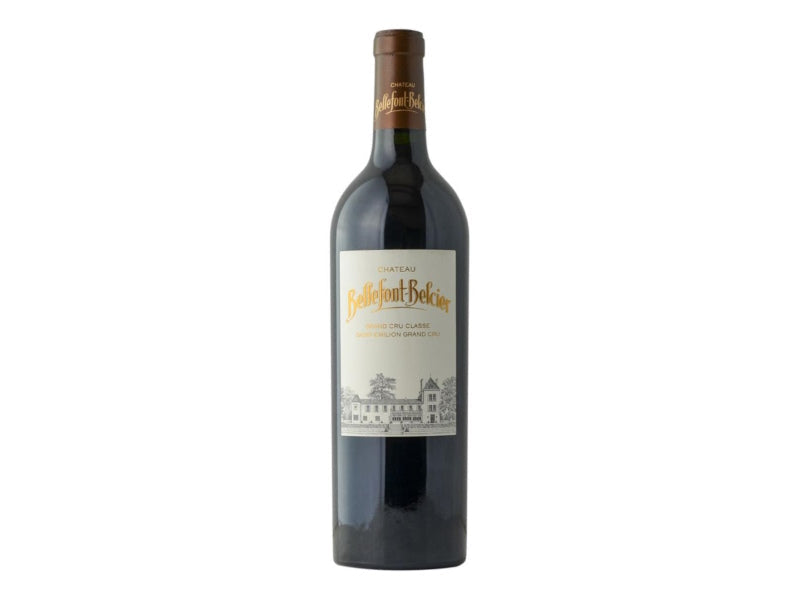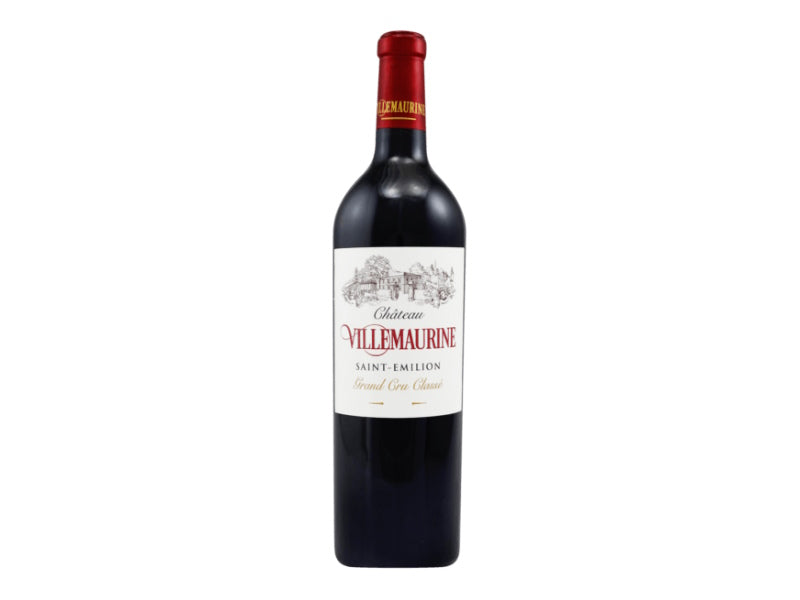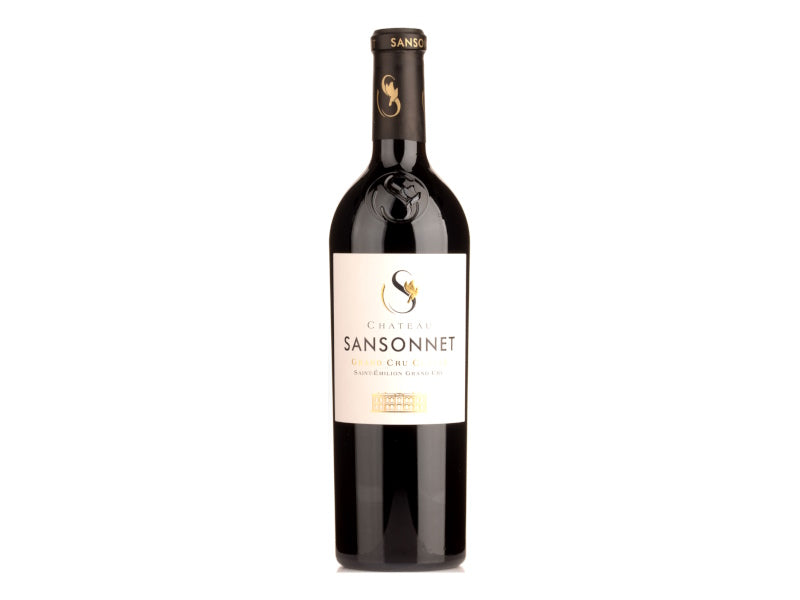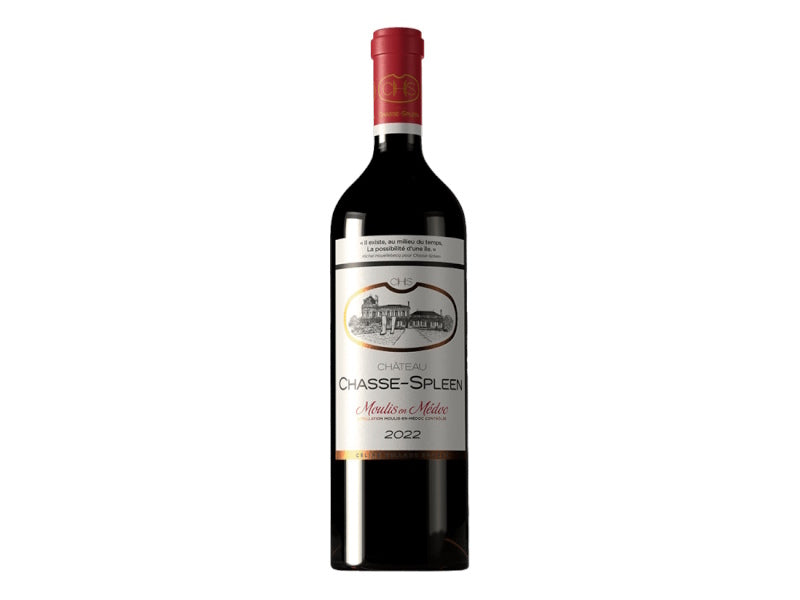
Text by: Gleb King
If you're considering investing in Bordeaux futures, En Primeur season offers a rare opportunity to secure your favorite wines in the bottle formats you truly want – from the charming half-bottle (375ml) all the way up to the majestic 18-liter Melchizedek. The 2024 vintage is shaping up to be an ideal year to stock up in Magnums. Not only does wine age more gracefully in larger formats, but this year's price corrections also make it a particularly appealing vintage for collectors and enthusiasts alike. If you order wines in the 2024 futures option, you can reserve your wine by volume now, and decide on the exact bottle format later on. To make life easier, we’ve included a quick reference guide to help decode the classic bottle sizes – just in case you’ve lost track of your Jeroboams and Nebuchadnezzars.
Where do the names come from?
The large-format Bordeaux wine bottles – such as Jeroboam, Methuselah, Nebuchadnezzar, and Melchizedek – are named after figures from the Bible. This tradition originates from a combination of cultural symbolism, prestige, and historical continuity in European, especially French, winemaking. These names are not arbitrary; each one evokes a sense of grandeur, antiquity, or power:
-
Jeroboam was the first king of the northern Kingdom of Israel.
-
Methuselah is the oldest man recorded in the Bible, said to have lived 969 years.
-
Nebuchadnezzar was a mighty king of Babylon, known for his grandeur and ambition.
-
Balthazar and Melchior are traditionally named as two of the Three Magi.
-
Solomon is remembered for his wisdom, wealth, and monumental building projects.
Using these names for wine bottles reflects a symbolic parallel between the largeness of the vessel and the greatness of the historical figure it is named after. It imbues the bottle with an aura of celebration, ceremony, and reverence – qualities that match the occasions on which such bottles are typically opened. This tradition also adds a layer of storytelling and mystique to wine culture, reinforcing wine's role not only as a beverage but as a cultural artifact rooted in history, ritual, and artistry.
Science behind size
The evolution of wine in a bottle is, scientifically speaking, a slow oxidation. During bottling, every bottle captures a small amount of oxygen which, in time, makes the wine change its qualities – oxygen makes the tannins softer and so on – this is called bottle aging. On market there’s a huge range of wine bottle sizes, from demi of halfbottle (0,375 l), to Midas or Melchizedek (30 l). The uncorking of the least is usually a show with special devices. Jancis Robinson wrote an article on an influence of bottle size on aging speed, and confirmed that wine in smaller bottles evolve much quicker. So, if you want to know a picture of a standard 0.75 l bottle in future, try the same vintage but a smaller bottle.








